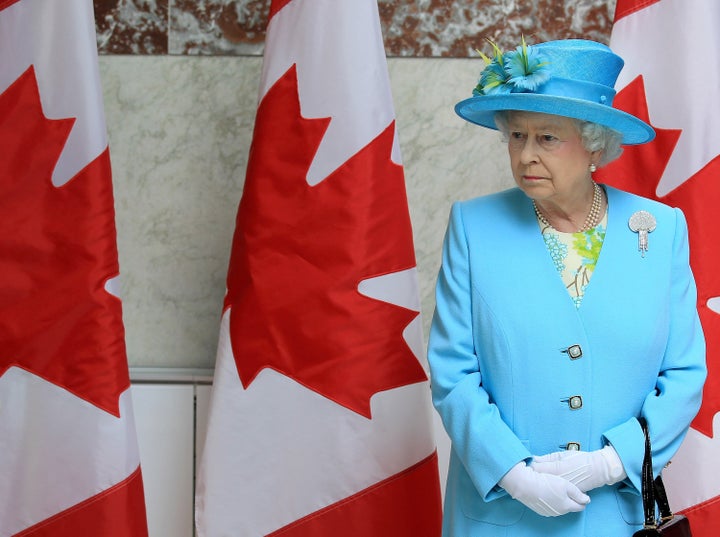
Barbados will remove Queen Elizabeth as its head of state, the former British colony has announced.
“The time has come to fully leave our colonial past behind,” Barbados Governor General Sandra Mason said in a speech delivered on behalf of the country’s Prime Minister Mia Mottley.
Will Canada, also a former British colony that’s now a part of the Commonwealth of Nations, follow suit?
Probably not, Toronto-based historian and author Carolyn Harris told HuffPost Canada — but it’s possible the monarchy will play a less significant role in Canadian life going forward.
First of all, there are the practical considerations. A unanimous sentiment among all ten provinces is needed to make a change to the Queen’s office, under article 41(a) of the Constitution Act. So unless anti-monarchy sentiment becomes widespread across the country, Harris explained, it’s unlikely that every province will want to proceed with making Canada a republic.
Making Canada a republic is also not something the federal government would likely be very enthused about, because it would involve a lot of big changes on its part, and possibly some major concessions to Indigenous populations — something the feds will unlikely want to do.
“Treaties with First Nations in Canada are with the Crown, so a transition to a new form of government might reopen these negotiations,” Harris said.
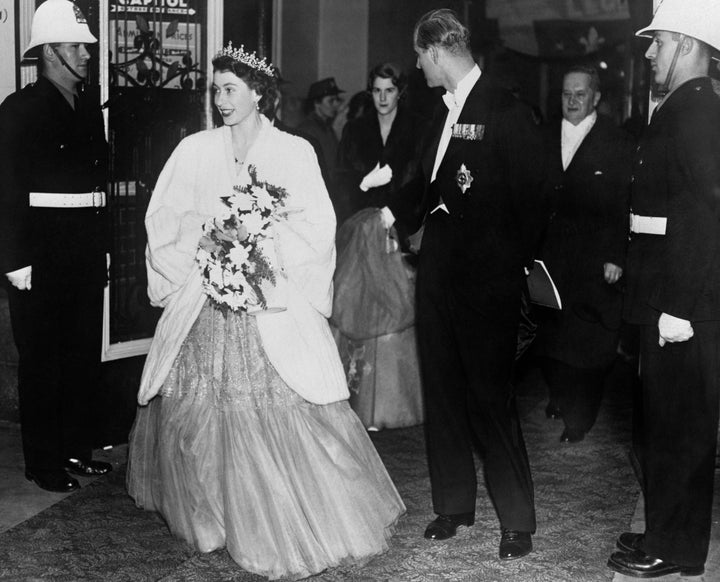
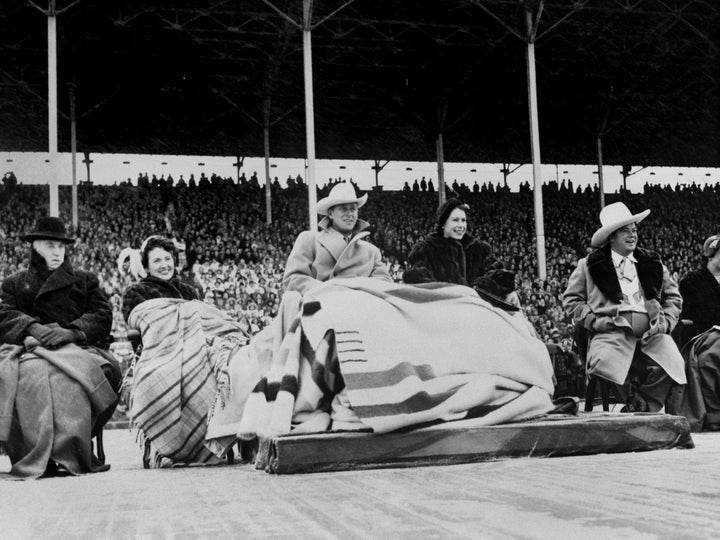
Also, the Queen is a popular figure in Canada: 81 per cent of Canadians approve of Queen Elizabeth, according to an Ipsos poll from earlier this year. She made her first royal visit to Canada in 1951, before she became Queen. Since then, she’s visited more than 20 times — most recently she visited Winnipeg, Toronto, Ottawa and Halifax with Prince Philip in 2010.
As Harris points out, she’s been well-received on most of her tours, even though she was met with protests during a visit to Quebec in 1964, when the province’s sovereignty movement was starting to pick up steam.
But there’s less enthusiasm in Canada for her successors. In that same Ipsos poll, just over half of Canadians — 53 per cent — think the country should end its formal ties to the British monarchy when the Queen’s reign ends.
According to Harris, though, that figure shouldn’t be a cause for worry for Prince Charles or anyone else in the Royal Family.
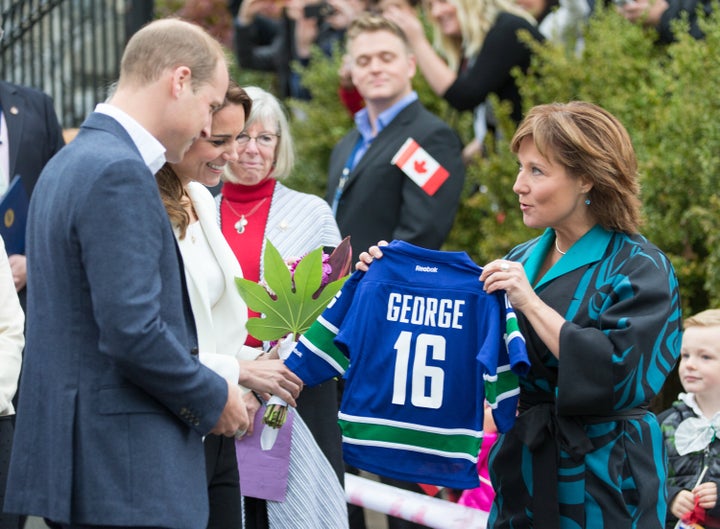
“Polling data concerning the monarchy in Canada often varies according to a number of conditions including whether there has been a recent royal tour or whether royal finances have been a prominent news item,” she said.
But it’s likely that royal tours will become less common in the years to come, Harris said. Because Harry and Meghan opted to leave their positions in order to live a more private life, and Prince Andrew temporarily stepped down due to his connection to a convicted sex offender, there are fewer royals taking on public duties than there were just a year ago.
“There are fewer working members of the royal family than in the past and there will likely be fewer royal tours [in subsequent reigns] than in Queen Elizabeth II’s reign,” Harris said.
“There may well be less visibility for the royal family and greater visibility for the Governor General in Canada.”
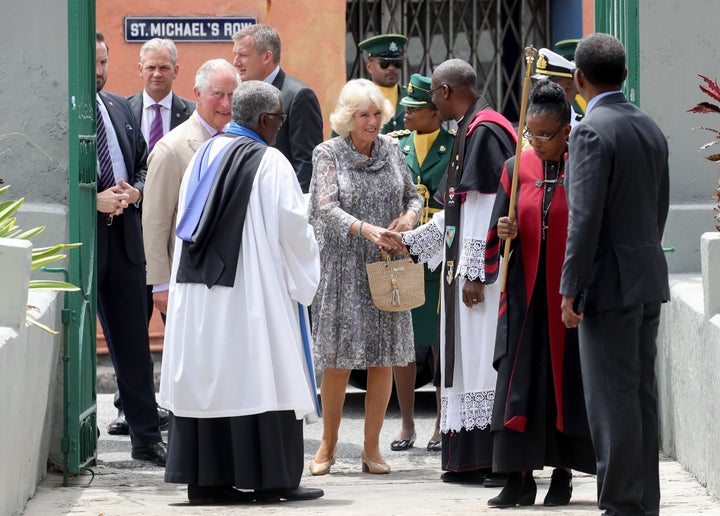
Barbados and other Caribbean countries also function differently than Canada, and have a different relationship to the royals than we do, Harris said. Barbados has been considering making the transition for years now, and discussions really heated up around the country’s 50th anniversary of independence in 2016, she said.
Several other Caribbean countries that are former British colonies have become republics, including Dominica, Guyana and Trinidad and Tobago.
And like those other countries, members of the Royal Family are still highly regarded by many people in Barbados, despite the widespread support to become a country without a monarchy. Prince Charles and his wife Camilla, Duchess of Cornwall, visited Barbados last spring.
Going forward, Harris thinks it’s likely the monarchy will take a bigger role in apologizing for the injustices of Britain’s colonial rule. Earlier this summer, as the Black Lives Matter protests grew in size and scope, Prince Harry and Meghan Markle delivered messages of solidarity, with Harry specifically asking Brits to “acknowledge the past” and address their legacy of colonialism.
While the Queen and other working royals probably won’t be so blunt, it’s likely they’ll continue to express regret for past injustices. The Queen’s 2011 visit to Ireland was a “historic moment” in Anglo-Irish relations, Harris said.
During a speech that was partly delivered in the Irish language, she said, “We can never forget those who have died or been injured, and their families. To all those who have suffered as a consequence of our troubled past I extend my sincere thoughts and deep sympathy. With the benefit of historical hindsight, we can all see things which we would wish had been done differently or not at all.”
And in 1997, the Queen commemorated the 1919 Amritsar Massacre during a visit to India. During the attack almost 80 years earlier, British troops killed hundreds of unarmed nationalist protesters who had gathered in a city park. During her 1997 visit, the Queen laid a wreath at the memorial site and observed a moment of silence.
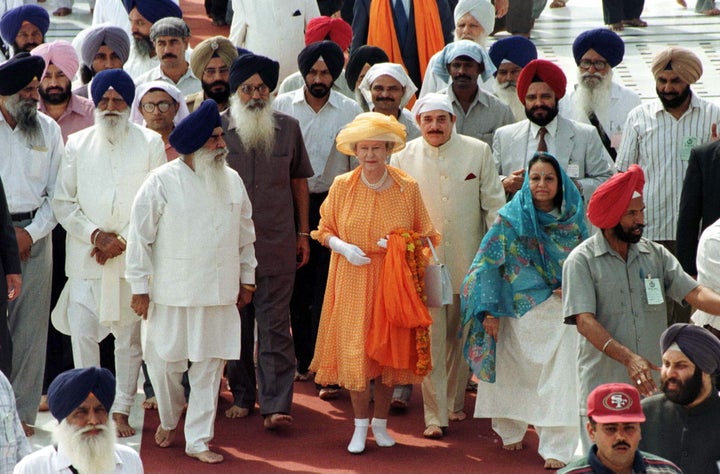
“It’s important that we think of the constitutional monarchy as an evolving institution rather than unchanging one,” Harris said.
“Queen Victoria’s role as sovereign of the British Empire was very different from Queen Elizabeth II’s current role as Head of a Commonwealth of equal nations.”